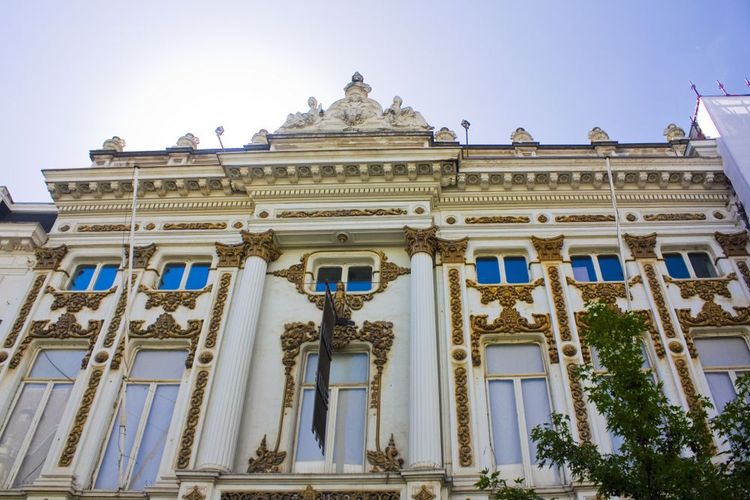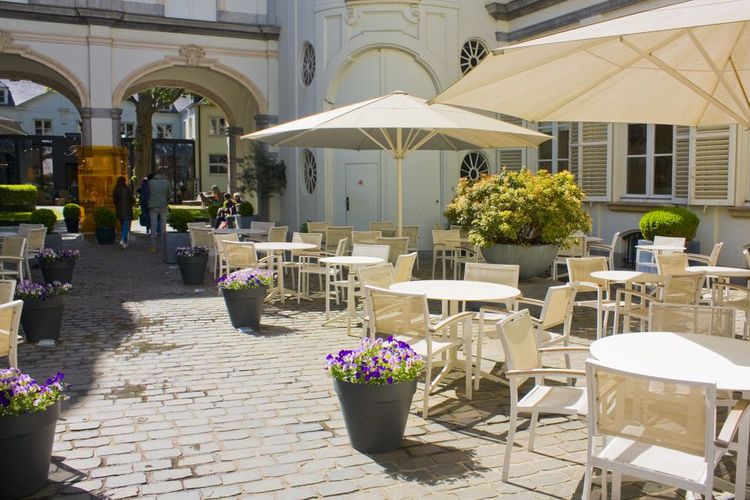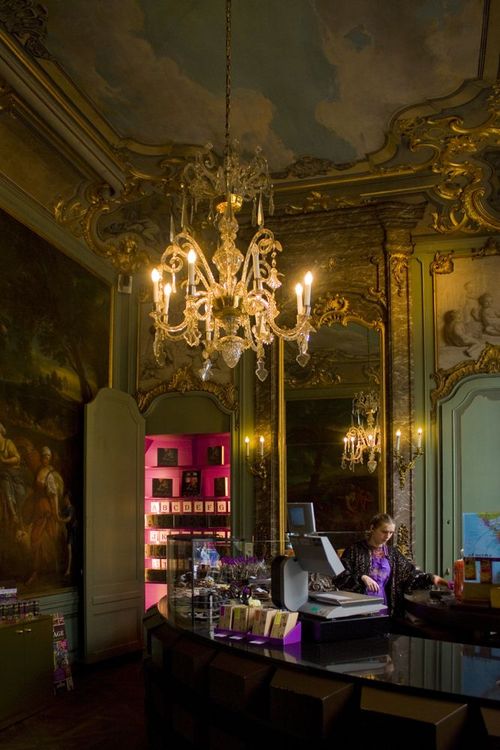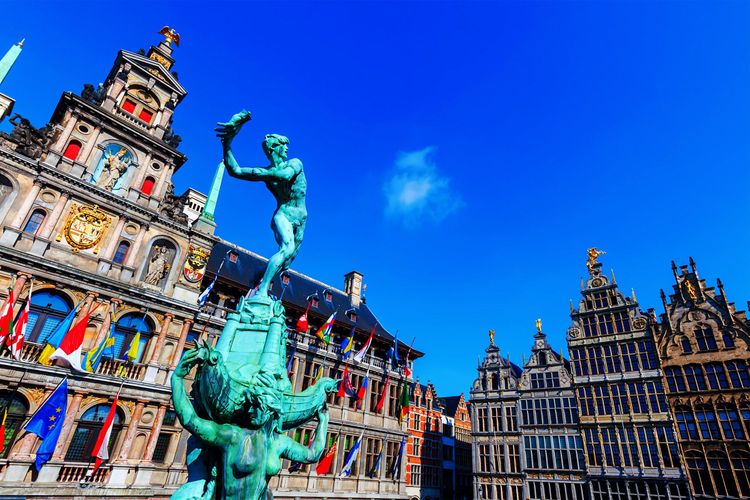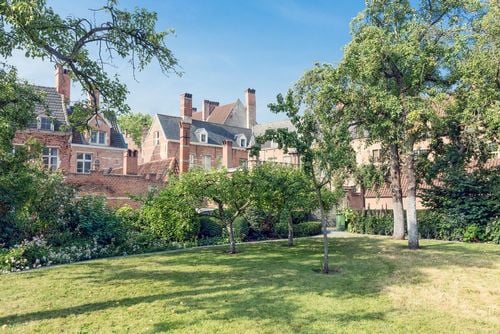The Meir Palace, in the heart of the city of Antwerp, represents over 250 years of extremely well-preserved history. It was designed in the second half of the 18th century by the architect Jan-Peter van Baurscheit on the initiative of the wealthy merchant Johan Alexander van Susteren. He commissioned this sumptuous palace from his fortune made from investments in Ostend society. After his death, the palace was bought by Johannes de Fraula. As the palace was not finished, he had to complete the construction, adding stables and a garden. He sold the palace in 1777 to a couple of Belgian counts. Their daughter, Caroline Marie Joseph, inherited it and sold it to Napoleon I!
 Antwerp
Antwerp
